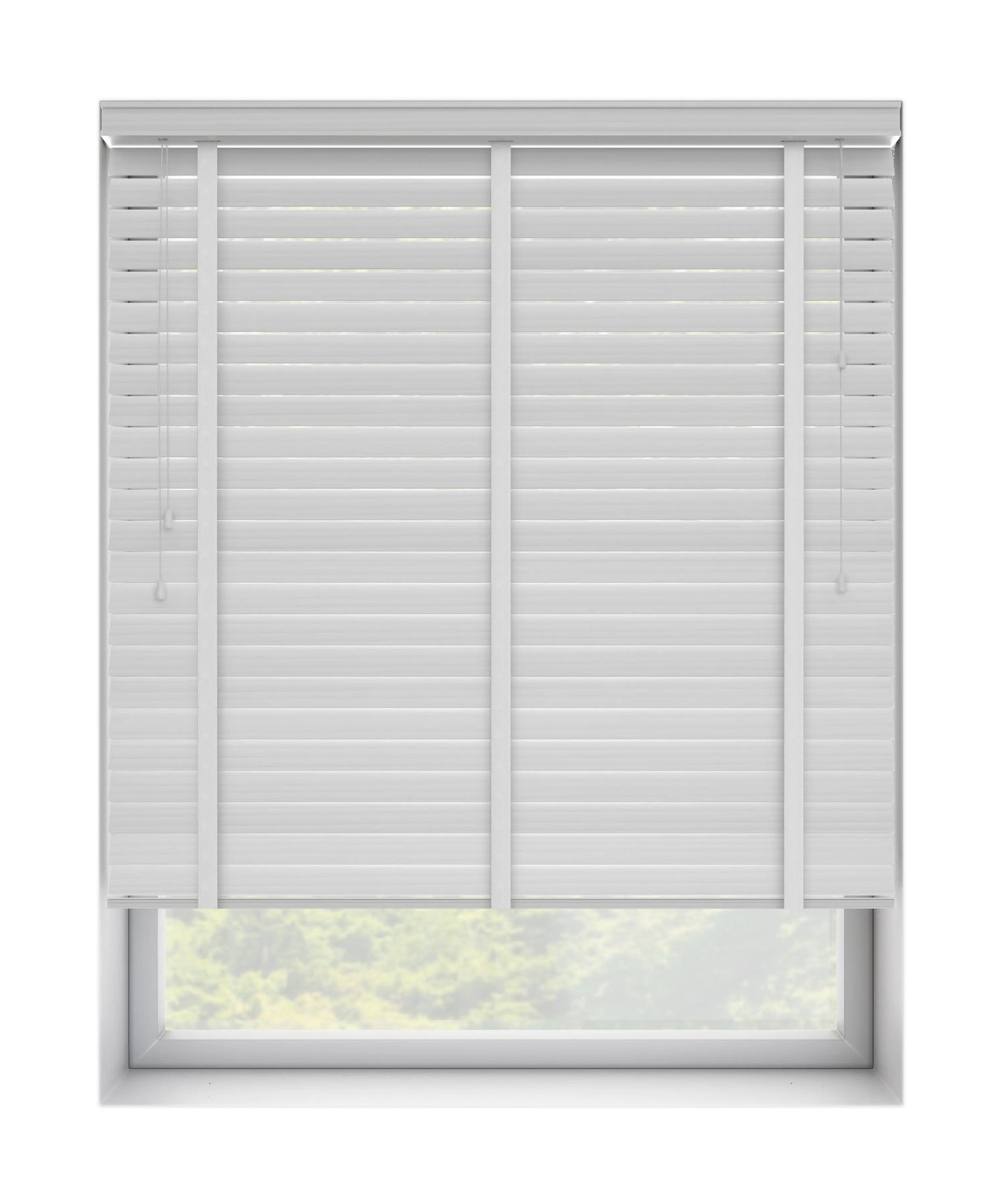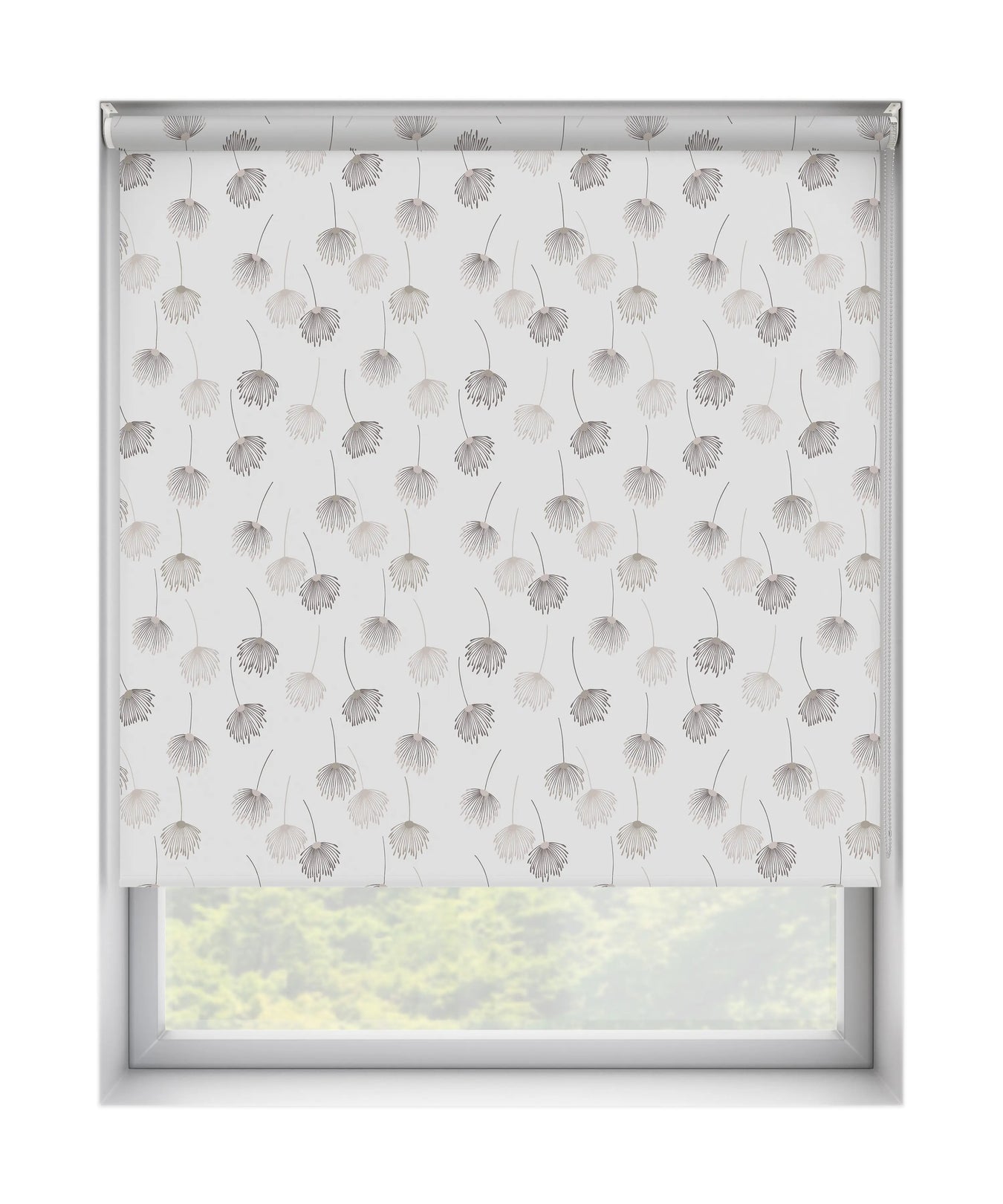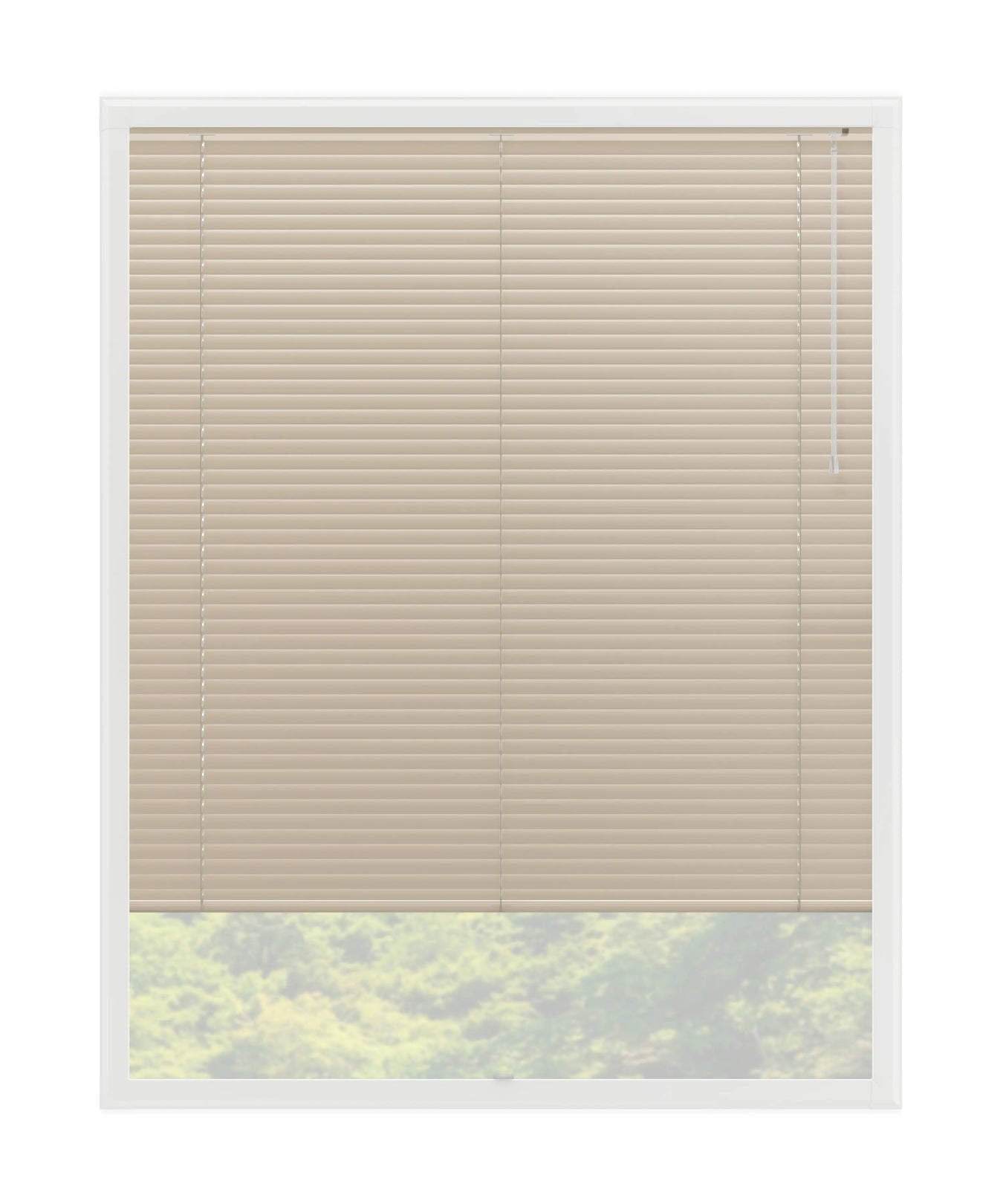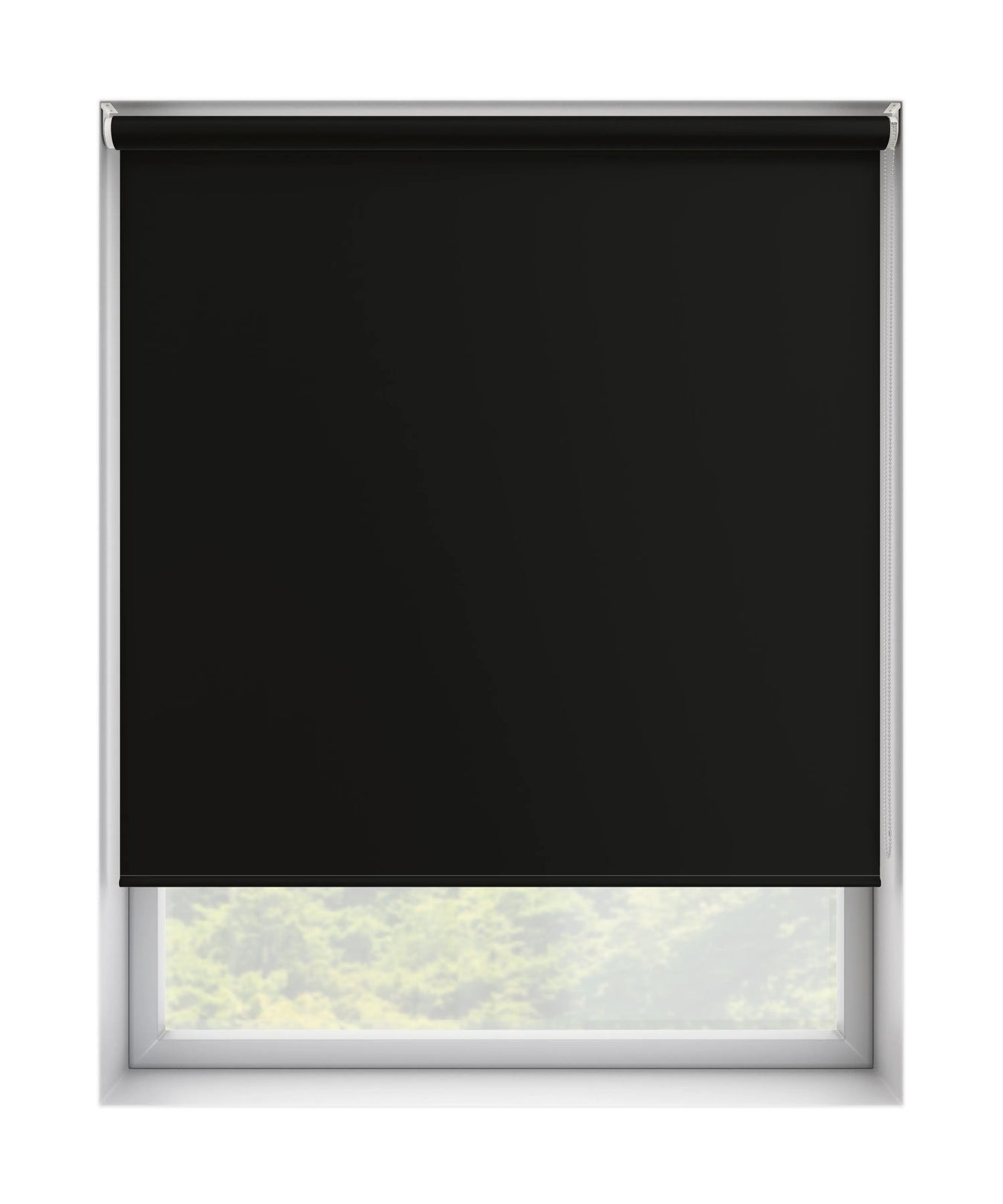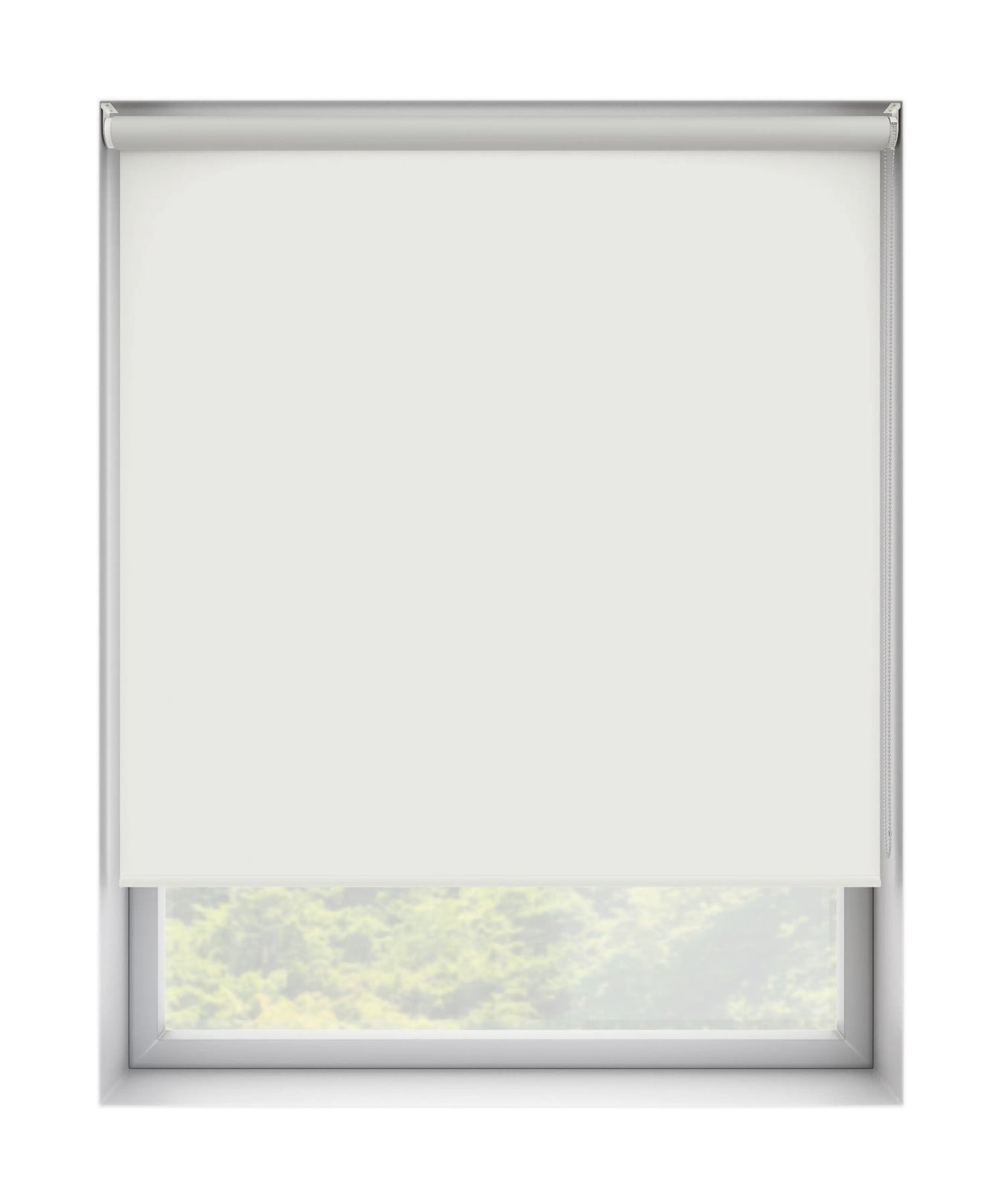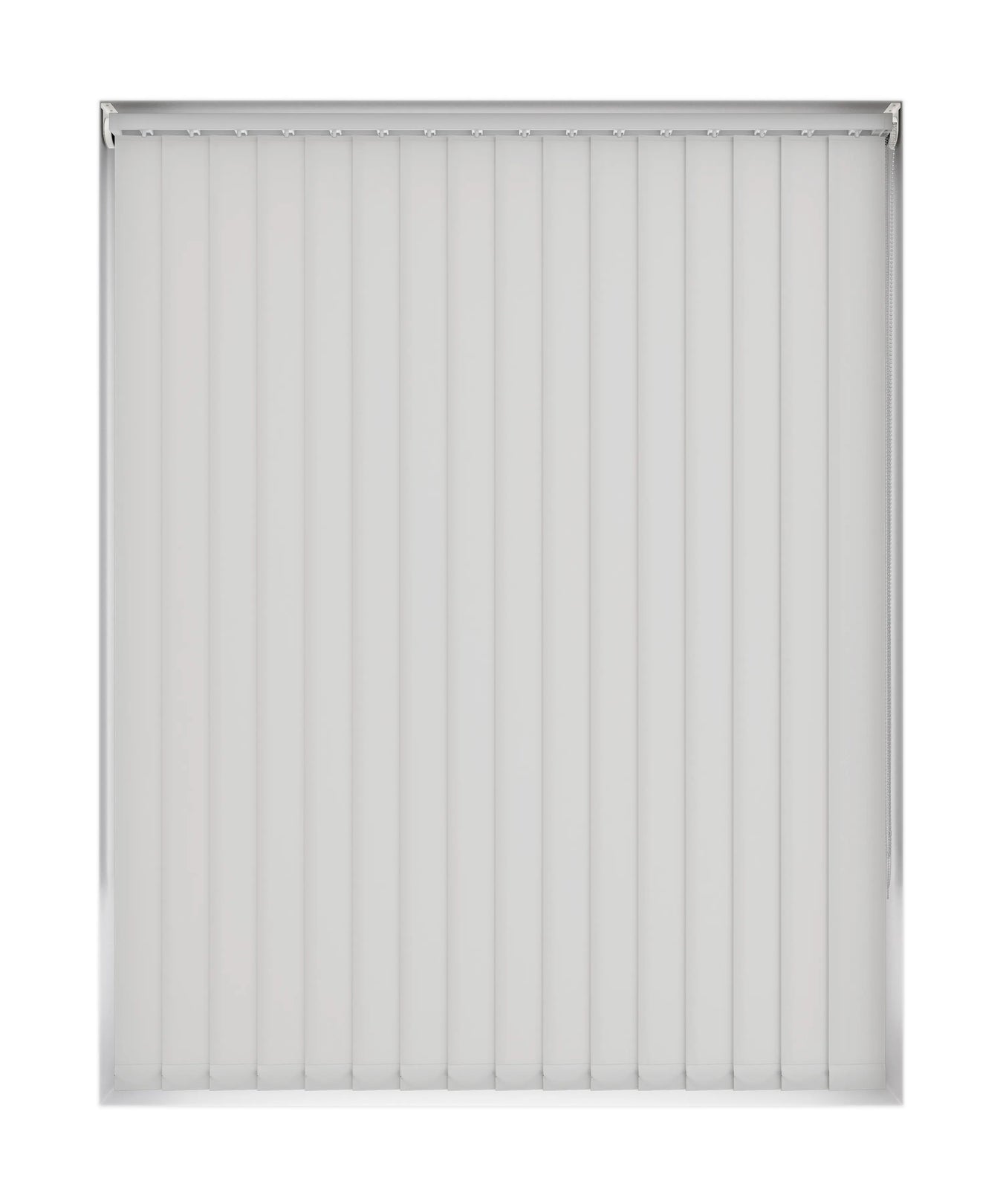
Mounting Blinds Inside & Outside: Pros & Cons
When it comes to window blinds, the decision of inside mount vs outside mount can be a difficult one. Both options offer a variety of benefits and drawbacks. Inside mounted blinds typically require less wall space and are easier to install. They are also great for shallow windows or windows with decorative trim. However, inside mounted window blinds are not suitable for windows without enough depth. On the other hand, outside mount blinds are great for windows with an unattractive trim or when more light control is desired. Unfortunately, outside mounted blinds can reduce the size of the window opening, and they may require additional mounting hardware.
No matter the mounting position, proper installation is key for optimal performance. Installing blinds inside or outside the window frame can help reduce energy costs and improve energy efficiency. It can also help with noise reduction, light control, and visual appeal. When it comes to window coverings, it is important to consider the purpose of the window blind. For example, blackouts may be better suited for an outside mount, while dim out may be better suited for an inside mount.
Overall, it is important to consider the size of the window, the type of window blind, the desired light control, and the available wall space when deciding whether to mount blinds inside or outside the window frame. With the right window blind and proper installation, homeowners can enjoy better energy efficiency, improved security, and even an increase in the room's aesthetic appeal. No matter the decision, the right blind can help enhance the entire window and provide the desired light control, noise reduction, and security. With the right mounting hardware and enough wall space, homeowners can enjoy the perfect blind for their home.
-
The Minimalist Sleeper Blackout Roller Blind
Original price £0.00 - Original price £243.28Original pricefrom £65.58£243.28Current price from £65.5846% OffDesign The Minimalist Sleeper Colour White Composition Fiberglass core laminated with PVC layered coating Controls Left or Right Cont...
View full details -
Keep It Grey Silly Blackout Roller Blind
Original price £0.00 - Original price £223.27Original pricefrom £65.58£223.27Current price from £65.5846% OffDesign Keep It Grey Silly Colour Grey Composition Fiberglass core laminated with PVC layered coating Controls Left or Right Control C...
View full details -
Nothing But Grey Blackout Roller Blind
Original price £0.00 - Original price £215.78Original pricefrom £65.58£215.78Current price from £65.5846% OffDesign Nothing But Grey Colour Grey Composition Fiberglass core laminated with PVC layered coating Controls Left or Right Control Cha...
View full details
Overview of Inside and Outside Mounting
Mounting blinds can be a tricky task, and it's important to understand the differences between inside and outside mounting to get the desired result. Inside mount blinds are installed inside the window frame, while outside mount blinds are installed outside the window frame. Inside mounting offers a sleek, finished look, while outside mounting can be used to hide unattractive trim or add a decorative touch.
When considering an inside mount, it's important to make sure there's enough space for the blinds to fit. If the window opening is too shallow, an outside mount may be the better option. Outside mounts also work better for blackout fabrics, as they provide better light control and energy efficiency.
For a successful installation, make sure to use the right mounting hardware and mounting position. Inside mounts should be mounted as close to the window frame as possible, while outside mounts should be installed far enough away from the window frame to allow for proper operation.
When deciding between inside and outside mount blinds, think about the desired visual appeal and light control. Inside mounts offer a more streamlined look and can help reduce noise and energy costs, while outside mounts can provide better light control and hide unattractive trim. Consider the size of the window, the depth of the window frame, and the desired blinds to help make the best decision.
Pros and Cons of Inside Mounting Blinds
Blinds are a great way to control the light and privacy of a room, but it’s important to know the difference between inside and outside mounting blinds. Inside mounting blinds are mounted inside the window frame, while outside mount blinds are installed outside the window frame. Both have their own pros and cons, and it’s important to understand them before making a decision.
| Pros of Inside Mounting Blinds | Pros of Outside Mounting Blinds |
|---|---|
| Better light control | Hide unattractive trim |
| More light | Noise Reduction |
| Visual appeal | Better light control |
When considering inside mount window blinds, it’s important to make sure there is enough depth in the window recess for the blinds to fit. If there isn’t enough space, outside mount blinds may be a better option. Outside mount blinds can also be a good choice for shallow windows. The downside is that they can block out more light than inside mount blinds, so it’s important to consider light control when making a decision.
Overall, both inside and outside mount blinds have their own benefits and drawbacks. It’s important to consider the window trim, window opening, window sill, and entire window frame when deciding which type of blinds or shades to install. Proper installation is also key to getting the most out of your window coverings, so it’s important to make sure you have enough wall space and enough space inside the window frame for the mounting position.
Pros and Cons of Outside Mounting Blinds
If you're considering window blinds for your home, you may be wondering if it's better to mount blinds inside or outside. Outside mounting blinds can be a great choice for many reasons. One of the most beneficial aspects of outside mounting blinds is that they can hide unattractive trim around the window frame. This is a great way to improve the visual appeal of the room. Outside mounting blinds can also block more light from entering the room. They can be installed outside the window frame. This can be beneficial for rooms that need better light control or for those who want to reduce energy costs. Outside mounting blinds can also provide better energy efficiency. By mounting them outside the window frame, they can provide better insulation and reduce energy costs. This can be especially beneficial for those who live in colder climates.
Outside mounting blinds can be a great choice for many reasons, but there are some drawbacks as well. One of the biggest drawbacks is that you need to make sure you have enough wall space to properly install them. If you don't have enough wall space, the blinds may not fit correctly and could be difficult to install. Another potential issue with outside mounting blinds is that you need to make sure there is enough depth in the window opening for the blinds to fit. If the window opening is too shallow, the blinds may not fit properly and could be difficult to install. Finally, outside mounting blinds may require more mounting hardware than inside mounting blinds. This can be an additional cost that may not be worth it in some cases.
Overall, outside mounting blinds can be a great choice if you have the right wall space and window opening depth. However, it is important to consider the pros and cons before deciding if outside mounting blinds are the right choice for your home.
Considerations When Deciding Where to Mount Blinds
When it comes to window blinds, one of the biggest decisions to make is where to mount blinds. Is it better to mount blinds inside or outside the window frame? Inside mount blinds are installed inside the window opening, while outside mount blinds are installed outside the window frame. Inside mounted window blinds are typically used when there is enough space within the entire window. This allows for a more seamless look, as the blinds are hidden within the window casing. If there is not enough space, outside mount blinds are the only option.
When mounting blinds, it is important to consider the window features and opening. If the window has inward-facing features, it is best to mount blinds outside, as inside mounts may interfere with the operation of the window. Additionally, it is important to consider the window sill and trim. If the window has unattractive trim, outside mount blinds can be used to hide it and create a more visually appealing look.
Energy efficiency is another key factor to consider when deciding where to mount blinds. Outside mounts are generally better for energy efficiency, as they leave no gabs around the window. This can help reduce energy costs and improve energy efficiency. Finally, it is important to consider the size of the window and the type of window covering desired. Larger windows may require outside mounts, while smaller windows may be able to accommodate inside mounts.
Dim out fabrics may require inside mounts, while blackout blinds typically require outside mounts. When deciding where to mount blinds, it is important to consider the window frame, window sill, window trim, energy efficiency, and the size and type of window covering desired. With the right mounting position, blinds can provide better light control, energy efficiency, and visual appeal.
Aesthetics and Functionality of Inside and Outside Mounting Blinds
When it comes to window blinds, the decision to mount blinds inside or outside the window frame is an important one. Inside mount blinds are installed inside the window opening and take up less wall space, while outside mount blinds are installed outside the window casing and can hide unattractive trim. Inside mounted blinds provide a more decorative trim to the window sill, while outside mounted blinds provide a more visual appeal. The decision between the two also depends on the window frames, as inside mounts require enough space and depth for proper installation. Outside mounts are better suited for larger windows and taller windows, as they provide more light and better light control. Inside mounts are better for smaller windows and windows with depth, and they can provide energy efficiency and reduce energy costs. When it comes to window coverings, blinds or shades can be mounted inside or outside the window frame. Inside mounts provide a more decorative trim to the window sill, while outside mounts provide a more visual appeal and light control.
Tips on Making Mounting Decisions
Making the right decisions when it comes to mounting blinds can be a daunting task. From considering the window frame to the desired light control, there's a lot to consider when it comes to mounting blinds. Whether you're mounting blinds inside or outside the window frame, here are some tips to help you make the right mounting decisions:
- Window Frame: Measure the window frame to determine the size of the window blind you can use. If you choose an inside mount, make sure there is enough space for the blinds to fit inside the window frame.
- Inside Mount Blinds: Inside mounted window blinds are installed inside the window opening and are the most common type of mount. Make sure to measure the window opening and check for any obstructions like window cranks or window trim.
- Outside Mount Blinds: If you don't have enough space inside the window frame, outside mount window blinds are installed outside the window frame. This is a great option for hiding unattractive trim or for larger windows.
- Light Control: If you're looking for more light control, inside mount blinds are usually the better choice. Outside mounts can provide better light control for taller windows or windows with shallow depths.
- Mounting Hardware: Make sure you have the proper mounting hardware for the window blind you choose. It's important to use the correct mounting hardware to ensure proper installation and better energy efficiency.
These tips should help you make the right mounting decisions when it comes to window coverings. From measuring the window frame to considering light control, there are a lot of factors to consider when mounting blinds. With the right information, you can make sure your window blinds are installed correctly and provide the desired noise reduction, visual appeal, and security sensors.
-
The Minimalist Sleeper Blackout Roller Blind
Original price £0.00 - Original price £243.28Original pricefrom £65.58£243.28Current price from £65.5846% OffDesign The Minimalist Sleeper Colour White Composition Fiberglass core laminated with PVC layered coating Controls Left or Right Cont...
View full details -
Keep It Grey Silly Blackout Roller Blind
Original price £0.00 - Original price £223.27Original pricefrom £65.58£223.27Current price from £65.5846% OffDesign Keep It Grey Silly Colour Grey Composition Fiberglass core laminated with PVC layered coating Controls Left or Right Control C...
View full details -
The Minimalist Dim Out Roller Blind
Original price £0.00 - Original price £278.32Original pricefrom £65.58£278.32Current price from £65.5846% OffDesign The Minimalist Colour White Composition 100% Polyester Controls Left or Right Control Chain Features Moisture Resistant ...
View full details -
Nothing But Grey Blackout Roller Blind
Original price £0.00 - Original price £215.78Original pricefrom £65.58£215.78Current price from £65.5846% OffDesign Nothing But Grey Colour Grey Composition Fiberglass core laminated with PVC layered coating Controls Left or Right Control Cha...
View full details -
Team Cream Dim Out Roller Blind
Original price £0.00 - Original price £213.27Original pricefrom £65.58£213.27Current price from £65.5846% OffDesign Team Cream Colour Cream Composition 100% Polyester Controls Left or Right Control Chain Features Moisture Resistant M...
View full details -
Never Feeling Blue Blackout Roller Blind
Original price £0.00 - Original price £243.28Original pricefrom £65.58£243.28Current price from £65.5846% OffDesign Never Feeling Blue Colour Navy Blue Composition Fiberglass core laminated with PVC layered coating Controls Left or Right Cont...
View full details

